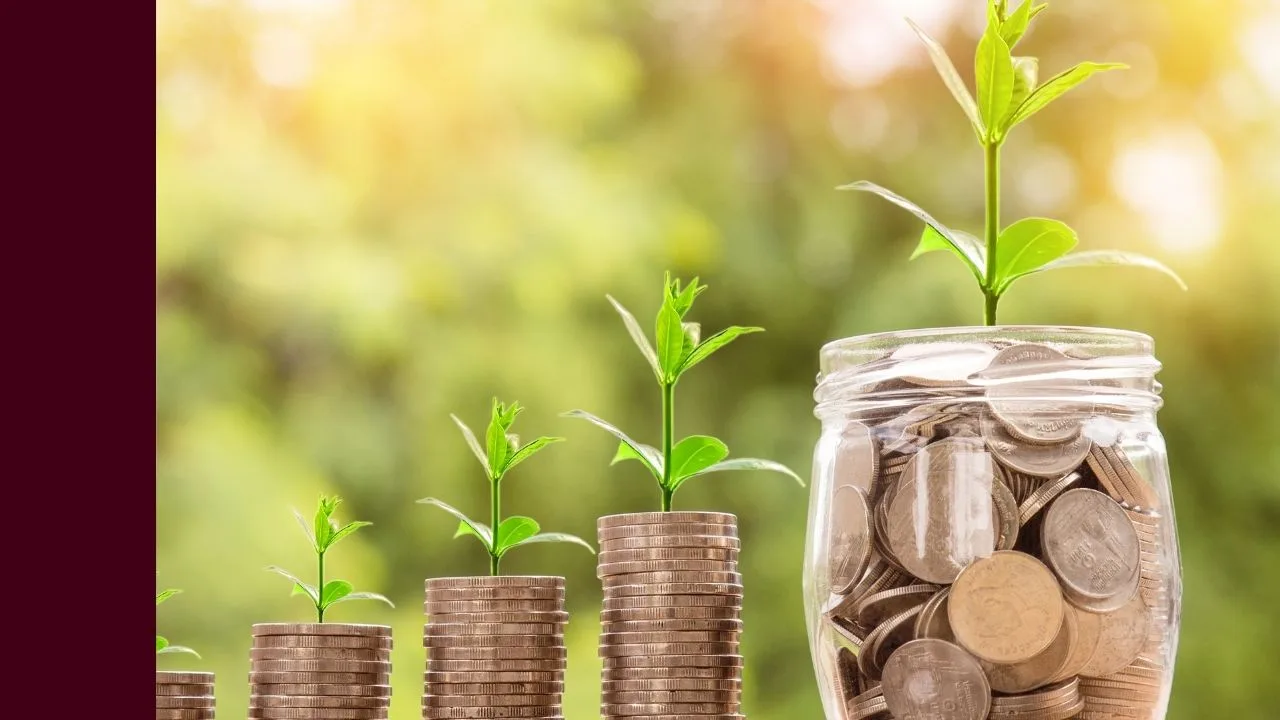If you want access to the best companies in the world with the strongest competitive advantages, why not just buy the 100 largest? That’s exactly what the iShares Global 100 ETF (ASX: IOO) does.
What Are ETFs?
Exchange-traded funds, or ETFs, are investment funds that are listed on a stock exchange and provide exposure to a range of shares or assets with a single purchase.
The Rask Finance video below explains ETFs in more detail:
iShares Global 100 ETF
The iShares IOO ETF invests in a portfolio of 100 large-capitalisation companies around the world with the objective of matching the performance of the S&P Global 100 Index.
In other words, the IOO ETF invests in shares of the largest and arguably most important companies around the world. Think companies like Microsoft Corporation (NASDAQ: MSFT), Apple Inc (NASDAQ: AAPL) and JPMorgan Chase & Co (NYSE: JPM).
The Global 100 ETF gives exposure to nine countries, with the US receiving by far the largest allocation (65.78%). Other countries include the UK, Switzerland, France, Germany and Japan.
IOO has a reasonably large exposure to information technology (22.03%) as well as health care (14.45%) and consumer staples (13.3%).
IOO has been operating since 2000, so there’s a long track record to consider. The last three years have been strong, with the ETF returning 15.27% per year. Over a ten-year timeframe, returns have been 10.78% per year.
However, going right back to 2000, which includes the GFC and the dot com crash, returns have only been 2.62% per year. You could see that as meaning the ETF is heavily exposed to downturns, or you could view it as a positive – if you hold for the long-term there’s a good chance of making a positive return even with two big market crashes.
The IOO ETF also pays semi-annual dividends with a trailing dividend yield of 1.84%.
Fees And Risks
The management fee for the IOO Global 100 ETF is 0.4% per year, considerably more than, say, the iShares S&P 500 ETF (ASX: IVV) or the BetaShares Australia 200 ETF (ASX: A200).
In terms of risks, the long-term performance should make it clear that being diversified doesn’t necessarily protect you from a downturn. The IOO ETF would still be heavily impacted by a crash in the US market. Some studies have also found that small-caps outperform large-caps over the long term, so you may be sacrificing some potential growth by only investing in large-cap companies.
My Take On IOO
I like the idea of the IOO ETF and I do believe a lot of the companies it holds have sustainable competitive advantages. However, I do think the fees are higher than they would ideally be, and I’m not convinced long-term returns would be that different from a simple S&P 500 ETF.
For our number one ETF pick, check out the free report below.
[ls_content_block id=”14948″ para=”paragraphs”]
Disclosure: At the time of writing, Max owns shares in the iShares S&P 500 ETF (ASX: IVV) and the BetaShares Australia 200 ETF (ASX: A200).






